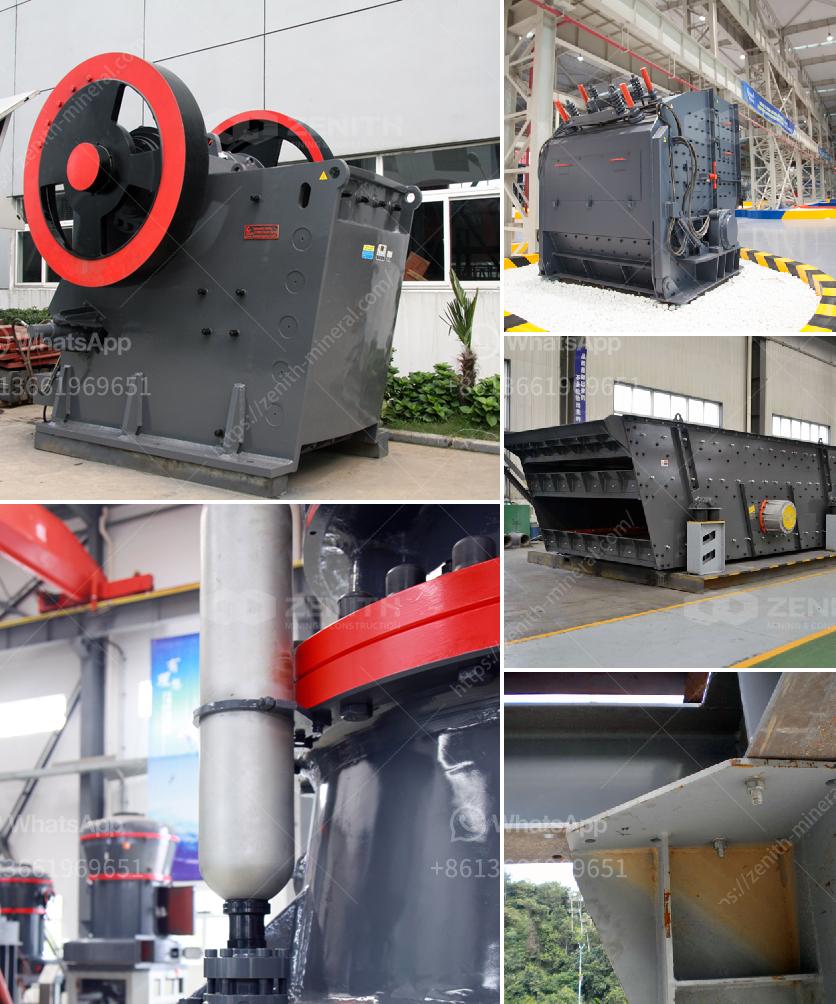To remove sulfur and copper from iron ore, several methods can be employed, each with its own set of processes and techniques. Here are the detailed steps and methods commonly used in the industry:
1. Roasting and Smelting
Roasting is a process where the ore is heated in the presence of oxygen. This helps in converting the sulfur present in the ore into sulfur dioxide (SO₂), which can then be removed as a gas. The steps involved are:
- Crushing and Grinding: The iron ore is first crushed and ground to a fine powder to increase the surface area for the roasting process.
- Roasting: The powdered ore is then heated in a furnace with a controlled supply of air. The sulfur in the ore reacts with oxygen to form sulfur dioxide gas, which is then removed.
- Smelting: After roasting, the ore is mixed with a reducing agent like coke and heated in a blast furnace. This process helps in reducing the iron oxides to metallic iron while impurities like copper are separated as slag.
2. Hydrometallurgical Methods
These methods involve the use of aqueous chemistry for the extraction of metals from ores. For removing sulfur and copper, the following steps are typically used:
- Leaching: The ore is treated with a suitable solvent that dissolves the copper and sulfur compounds. Common leaching agents include sulfuric acid and ammonia.
- Solvent Extraction: The leachate containing dissolved copper and sulfur is then subjected to solvent extraction, where an organic solvent selectively extracts the copper.
- Electrowinning: The extracted copper is then recovered from the organic solvent by electrolysis, where it is deposited on cathodes as pure copper.
- Precipitation: Sulfur can be precipitated out from the solution by adjusting the pH or by adding specific reagents that form insoluble sulfur compounds.
3. Magnetic Separation
This method is particularly useful if the iron ore contains magnetic minerals. The steps include:
- Crushing and Grinding: Similar to the roasting process, the ore is crushed and ground.
- Magnetic Separation: The ground ore is passed through magnetic separators, which attract the magnetic iron particles and separate them from non-magnetic impurities like copper and sulfur.
4. Flotation
Flotation is a process where the ore is mixed with water and chemicals to create a slurry. Air bubbles are introduced into the slurry, and the chemicals cause the copper and sulfur particles to attach to the bubbles and float to the surface, where they can be skimmed off. The steps are:
- Grinding: The ore is ground to a fine powder.
- Conditioning: The powdered ore is mixed with water and flotation reagents.
- Flotation: Air is bubbled through the mixture, and the copper and sulfur particles attach to the bubbles and rise to the surface.
- Skimming: The froth containing the copper and sulfur is skimmed off, leaving behind the iron ore.
5. Chemical Reduction
In some cases, chemical reduction methods can be used to remove sulfur and copper. This involves:
- Reduction with Hydrogen: The ore is treated with hydrogen gas at high temperatures, which reduces the sulfur and copper compounds to their elemental forms, which can then be separated.
- Use of Reducing Agents: Other reducing agents like carbon monoxide can also be used to achieve similar results.
Each of these methods has its own advantages and limitations, and the choice of method depends on the specific composition of the iron ore and the desired purity of the final product.


